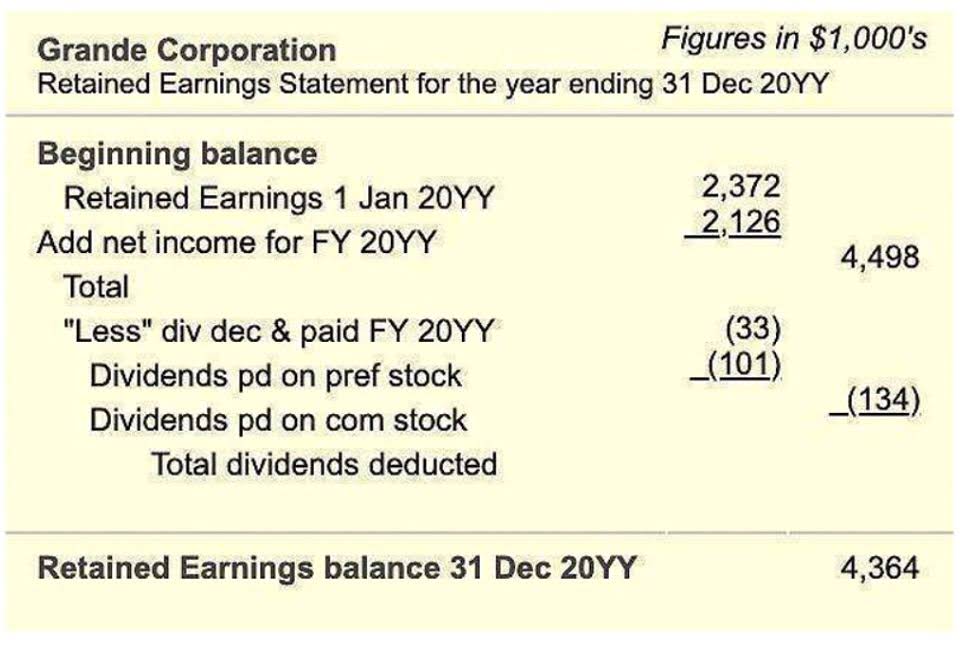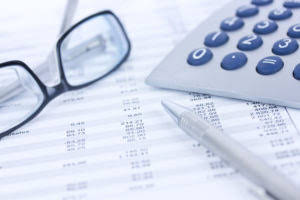
According to an amendment filed on Aug. 3, 2020, Apple indicated that Accounting For Architects it is « authorized to issue one class of shares. » These shares fall under the category of its common stock. The filing also indicated that existing shares would automatically be split into four. Authorized shares are shares of stock that can be issued by companies to investors. Those familiar with stock, stock corporations, public companies, and private companies can jump ahead to how those companies grant equity. When an investment bank establishes the initial public offering (IPO) of a company, the bank will state the specific number of outstanding shares. A company’s Articles of Incorporation authorizes the total number of shares that can be issued.
Defining Shares Outstanding
- If the increase in shares is not balanced by growth of the company, then it can result in dilution and decrease stock prices.
- Stock splits are usually undertaken to bring the share price of a company within the buying range of retail investors; the increase in the number of outstanding shares also improves liquidity.
- When you buy stock in a company, you are buying an ownership stake, which is issued as a share of stock.
- Given the importance of the number of shares outstanding in calculating various financial ratios and metrics, it is crucial for investors to know where to find this information.
- They help to correctly compute EPS, which is a vital measure for evaluating how profitable a company is per share.
- Companies also may hold back authorized shares as a defensive maneuver.
- A stock split occurs when a company divides its existing shares into multiple shares.
They are separate from treasury shares, which are held by the company itself. Outstanding shares are a fundamental metric for investors because they play a key role in assessing a company’s size, market value and ownership structure. By multiplying the number of outstanding shares by the current stock price, investors can calculate a company’s market capitalization, which helps gauge its total value in the public market. This number also provides insight into how ownership is distributed between institutional investors, company insiders and the general public.

Difference between issued shares and outstanding shares

Many companies retain a large percentage of the authorized shares in their treasuries or in the hands of management through restricted shares. They do this to make sure no other company can seize control in an unfriendly takeover. The term “authorized shares” refers to the total number of shares that the company is permitted to issue to all shareholders.
How Share Metrics Affect Investors

The authorized number of shares is the maximum number of shares that a company is legally permitted to issue. DEF Ltd decides to initiate a share buyback programme to repurchase 200 shares of its stock. Let us understand the formula that shall act as the basis of our understanding and the formation of the outstanding shares equation through the discussion below. Still, buybacks might also show that the firm doesn’t have many good chances for profitable investments.
How Does The Number of Outstanding Shares Increase?

This way makes sure that EPS represents the correct time a share was in circulation, not getting twisted by using only year-end or period-end share count. Correctly calculating weighted average shares is crucial because EPS is an important measurement for investors and analysts to compare companies or financial periods. Programs for repurchasing shares, also known as stock buybacks, encompass the action of companies purchasing their own stocks from the market. This leads to a reduction in the overall supply of shares outstanding.
- From this, we take away treasury shares that have been bought back by the business but do not qualify for voting or dividends.
- In financial analysis, understanding the shares outstanding is fundamental to gauging a company’s market value and shareholder equity.
- Furthermore, information about the past issuance of new shares by the company and any outstanding warrants or options might shed light on the likelihood of future dilution of shareholder value.
- The terms « shares » and « stocks » are often used interchangeably, but they are technically different.
- Just enter a stock symbol, and it will return the most recent sales or planned sales by insiders or major shareholders.
- As noted above, outstanding shares are used to determine very important financial metrics for public companies.
- Calculate shares outstanding by subtracting treasury shares (shares repurchased by the company) from the total shares issued by the company.
The vast majority of its shares are available to the general investing public. Authorized shares are a metric investors often look at to get a comprehensive overview of a company’s stock shares. These are the maximum number of shares that a corporation is legally permitted income summary to issue. The different classes of stock determine how dividends will be paid, and how much money will be paid for each share of stock in the corporation. Each share certificate will be marked with the amount of par (the minimum amount of money that must be paid for the share).
- This designation must be made at the outset of incorporating and provided for in the Articles of Incorporation.
- Investors should also be aware of the kind of shares being offered because different classes of shares may have varied dividend distributions and voting rights.
- By contrast, a reverse stock split occurs when a company seeks to elevate its share price.
- Normal shares typically refer to shares that are issued and sold to investors but don’t include treasury shares.
- These shares are still regulated but usually do not meet the Securities and Exchange Commission’s criteria to be listed on an exchange.
Basic Shares Outstanding vs. Diluted Shares Outstanding
The market valuation, voting rights, and financial measures like earnings per share of a firm can all be impacted by the number of issued shares. Investors should be aware of this idea while assessing a company’s growth prospects and financial stability. In the world of investment, issued shares and outstanding shares are two crucial ideas. The distinction between these two the total number of shares held by all shareholders in a company is called the share classes may have an effect on a company’s financial situation and future growth prospects. Investors need to be aware of these principles to assess investment opportunities and make wise selections.

Commentaires récents